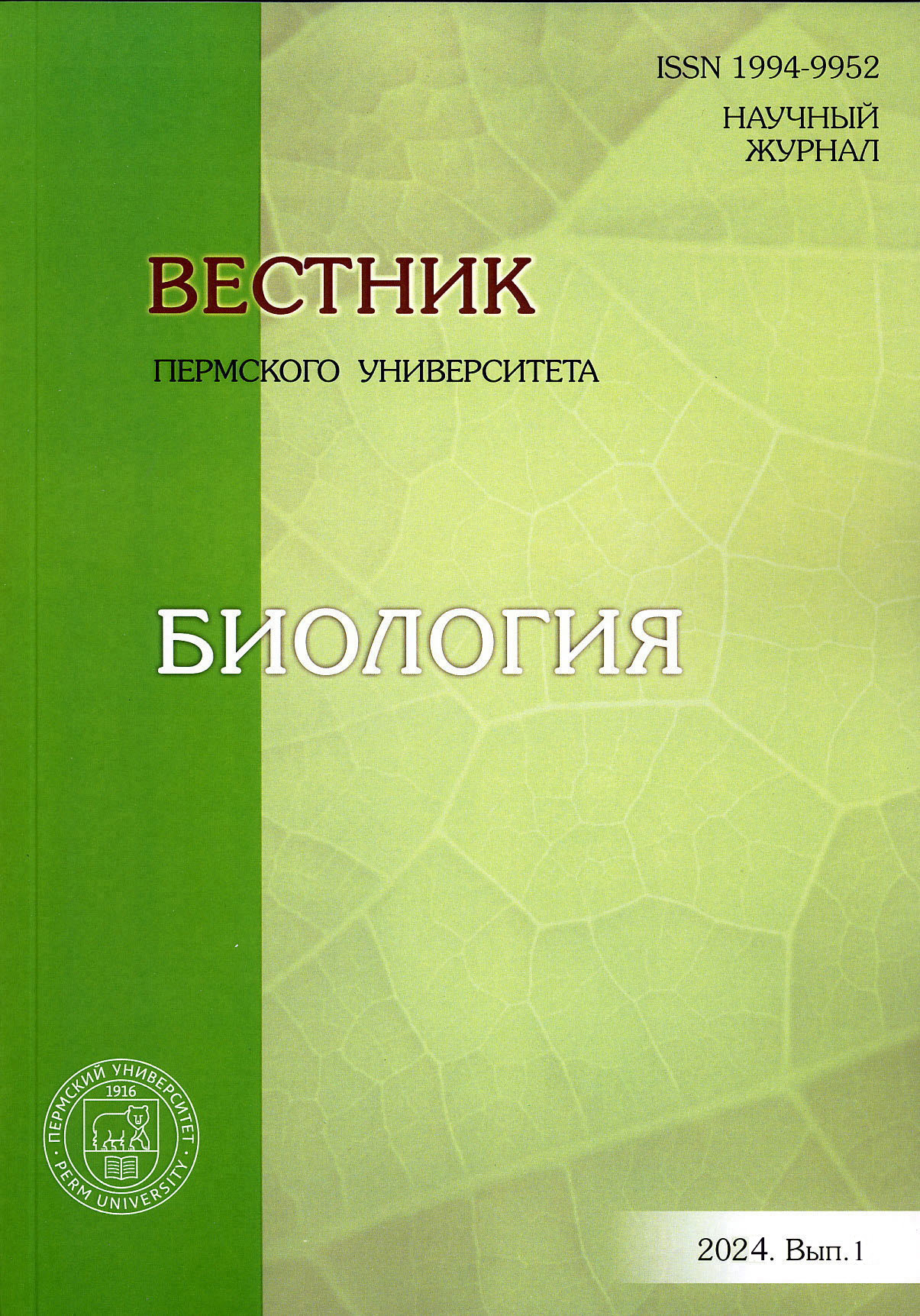Влияние генов ADRB2 и PPARGC1A на развитие физического качества «выносливость» у единоборцев города Перми
##plugins.themes.bootstrap3.article.main##
Аннотация
##plugins.themes.bootstrap3.article.details##
Лицензионный договор на право использования научного произведения в научных журналах, учредителем которых является Пермский государственный национальный исследовательский университет
Текст Договора размещен на сайте Пермского государственного национального исследовательского университета http://www.psu.ru/, а также его можно получить по электронной почте в «Отделе научных периодических и продолжающихся изданий ПГНИУ»: YakshnaN@psu.ru или в редакциях научных журналов ПГНИУ.
Библиографические ссылки
Аксенов М.О. Генетические факторы формирования мышечной силы и массы у спортсменов // Вестник спортивной науки. 2019. № 4. С. 29–34.
Ахметов И.И. Молекулярная генетика спорта. М.: Советский спорт, 2009. 268 с.
Баранов В.С. Генетический паспорт – основа индивидуальной и предиктивной медицины. СПб.: Изд-во Н-Л, 2009. 528 с.
Вострикова А.В., Боронникова С.В., Закиров Р.М. Молекулярно-генетический анализ генов ACTN3 и AMPD1 у дзюдоистов спортивной школы по самбо и дзюдо «Витязь» г. Перми // Бюллетень науки и практики. 2020. № 4. C 27–35.
Выборная К.В., Сорокина Е.Ю., Пескова Е.В. Генетические полиморфизмы, ассоциированные со спортивной успешностью, у спортсменов, представляющих художественную гимнастику // Тенденции развития науки и образования. 2021. № 79-1. С. 78–83.
Глотов А.С. Разработка и апробация тест-систем на основе гелевых биочипов для изучения генети-ческого полиморфизма человека: автореф. дис. … канд. биол. наук. СПб., 2006. 18 с.
Гурович Л.И., Иванова Г.П. Спортивные и подвижные игры: учебник. М.: Физкультура и спорт, 1977. 382 с.
Зайцева А.О., Аксенов М.О. Роль гена PPARGC1A в развитии выносливости спортсменов // Матери-алы III Всерос. науч.-практ. конф. М., 2021. С 785–790.
Иманбекова М.К. и др. Спорт и генетика // Eurasian Journal of Applied Biotechnology. 2013. № 2. С. 2–12.
Коваль К.Ю. Влияние принципов джиу-джитсу на эмоциональное состояние спортсменов // Педа-гогика, психология и мед.-биол. проблемы физ. воспитания и спорта. 2009. № 5. С. 121–124.
Рогозкин В.А., Назаров И.Б., Казаков В.И. Генетические маркеры физической работоспособности человека // Теория и практика физической культуры. 2000. № 12. С. 34–36.
Сихымбаев К.С., Утебеков Е.М., Мусаев А.О. Вольная борьба в Казахстане // Инновации. Наука. Образование. 2022. № 52. С. 896–899.
Сорокина А.В., Боронникова С.В. Молекулярно-генетический анализ генов ADRB2, NOS3 и PPARGC1A у единоборцев города Перми // Вестник Пермского университета. Сер. Биология. 2023. Вып. 4. С. 385–393.
Сорокина Е.Ю., Денисова Н.Н., Кешабянц Э.Э. Частота встречаемости генетических полимор-физмов, ассоциированных со спортивной успешностью, у спортсменов игровых видов спорта высших достижений // Спортивная медицина: наука и практика. 2021. № 1. С. 5–10.
Ahmetov I.I. et al. Advances in sports genomics // Advances in Clinical Chemistry. 2022. Vol. 107. P. 215–263.
Brito E.C. et al. PPARGC1A sequence variation and cardiovascular risk–factor levels: a study of the main genetic effects and gene x environment interactions in children from the European Youth Heart Study // Diabetologia. 2009. Vol. 52. P. 609–613.
Kachkovska V.V. et al. Arg16Gly polymorphism in the β2-adrenoceptor gene in patients with bronchial asthma // Wiadomosci Lekarskie. 2021. № 74. P. 1200–1203.
Kambouris M. et al. Predictive Genomics DNA Profiling for Athletic Performance // Recent Patents on DNA & Gene Sequences. 2012. Vol. 6, № 3. P. 229–239.
Sarpeshkar V., Bentley D.J. Adrenergic-β2 receptor polymorphism and athletic performance // Journal of Human Genetics. 2010. Vol. 55. P. 479–485.
Williams A.G., Folland J.P. Similarity of polygenic profiles limits the potential for elite human physical performance // The journal of physiology. 2008. Vol. 586, № 1. P. 113–121.




